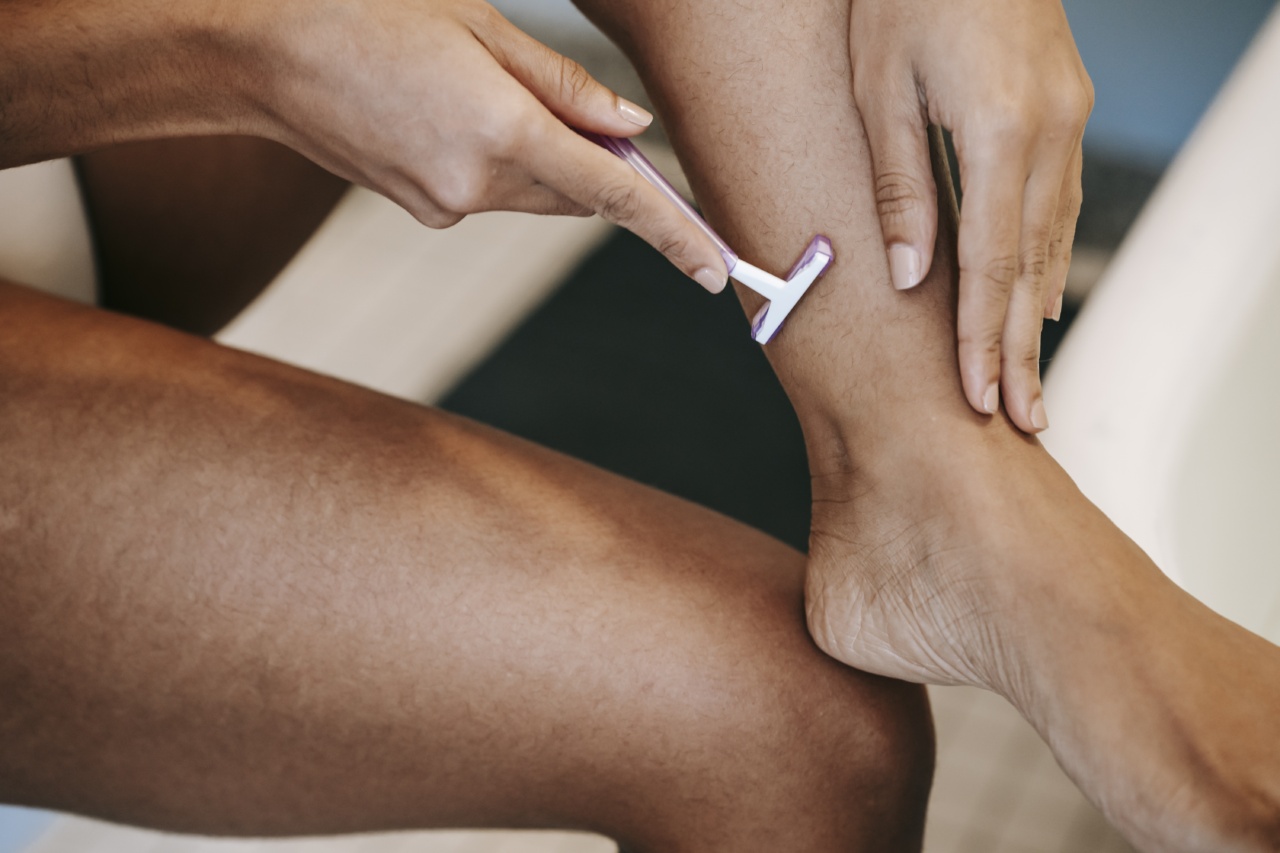Stretch marks are a common skin condition that affects both men and women. They occur when the middle layer of the skin, known as the dermis, is stretched beyond its limits.
This can happen during pregnancy, rapid weight gain or loss, growth spurts during puberty, or due to certain medical conditions. While stretch marks are harmless and don’t cause any health problems, they can be a source of concern for many people. Fortunately, several remedies can help reduce the appearance of stretch marks and make them less noticeable.
In this article, we will explore the most effective stretch mark remedies that have been proven to yield positive results.
1. Moisturizers and Creams
One of the simplest and most common remedies for stretch marks is the use of moisturizers and creams specifically formulated to target these marks.
Many over-the-counter creams contain ingredients like retinoids, hyaluronic acid, and collagen-stimulating peptides, which can improve the appearance of stretch marks and promote skin elasticity. It is important to apply these creams regularly and massage them into the affected areas to see the desired results.
2. Retinoid Creams
Retinoid creams, derived from vitamin A, are widely known for their ability to improve skin texture and promote collagen production.
They work by stimulating cell turnover and boosting collagen levels, both of which can help fade stretch marks over time. However, retinoid creams should not be used during pregnancy or while breastfeeding, as they may pose risks to the developing fetus or the nursing baby.
3. Laser Therapy
Laser therapy is a popular and effective treatment option for stretch marks. During the procedure, high-energy beams of light are used to stimulate the production of collagen and elastin in the skin, leading to the gradual fading of stretch marks.
Laser therapy is typically performed by dermatologists or specialized skin clinics and may require multiple sessions for optimal results. It is a non-invasive and relatively painless procedure with minimal side effects.
4. Microdermabrasion
Microdermabrasion is a cosmetic procedure that involves gently exfoliating the outer layer of the skin using a handheld device.
This procedure helps to remove the dead skin cells and stimulate the growth of new cells, promoting the fading of stretch marks. Microdermabrasion is generally safe and suitable for most skin types, but it may cause temporary redness or sensitivity. Multiple treatments may be necessary to achieve significant improvement.
5. Chemical Peels
Chemical peels involve the application of a chemical solution to the skin, which causes controlled damage and peeling. This process stimulates the growth of new skin cells and can be effective in reducing the appearance of stretch marks.
The strength and depth of the chemical peel will depend on the severity of the stretch marks. It is important to consult a dermatologist before undergoing this treatment, as certain types of chemical peels may not be suitable for all skin types.
6. Prescription Medications
In some cases, a dermatologist may prescribe certain medications to help fade stretch marks. One such example is a topical retinoid called tretinoin, which is derived from vitamin A.
Tretinoin can stimulate collagen production and promote the gradual fading of stretch marks. However, it may cause skin irritation, redness, and peeling, so it should be used under the guidance of a healthcare professional.
7. Natural Remedies
Several natural remedies have been suggested to reduce the appearance of stretch marks, although their effectiveness may vary from person to person. These include:.
– Aloe vera: Applying pure aloe vera gel to the stretch marks may help soothe the skin and improve its appearance.
– Coconut oil: Massaging coconut oil onto the affected areas can moisturize the skin and potentially reduce the visibility of stretch marks.
– Cocoa butter: Known for its moisturizing properties, cocoa butter may help improve the elasticity and texture of the skin.
– Essential oils: Some essential oils, such as lavender oil or rosehip oil, are believed to have skin-healing properties that could benefit stretch marks.
8. Microneedling
Microneedling is a minimally invasive procedure that involves pricking the skin with tiny needles to stimulate collagen and elastin production. This process can help improve the appearance of stretch marks by increasing skin elasticity and thickness.
Microneedling should be performed by a trained professional, and multiple sessions may be necessary to see noticeable results.
9. Radiofrequency Treatment
Radiofrequency treatment is a non-surgical technique that uses radiofrequency energy to heat the deep layers of the skin. This process encourages collagen production and tightens the skin, potentially reducing the visibility of stretch marks.
Radiofrequency treatment is generally safe and can be used on various parts of the body.
10. Surgical Options
In severe cases where other remedies have not yielded satisfactory results, surgical options may be considered. These include procedures like abdominoplasty (tummy tuck), where excess skin and fat are removed, and the remaining skin is tightened.
Surgical options should be discussed with a plastic surgeon, as they carry risks and require significant recovery time.






























